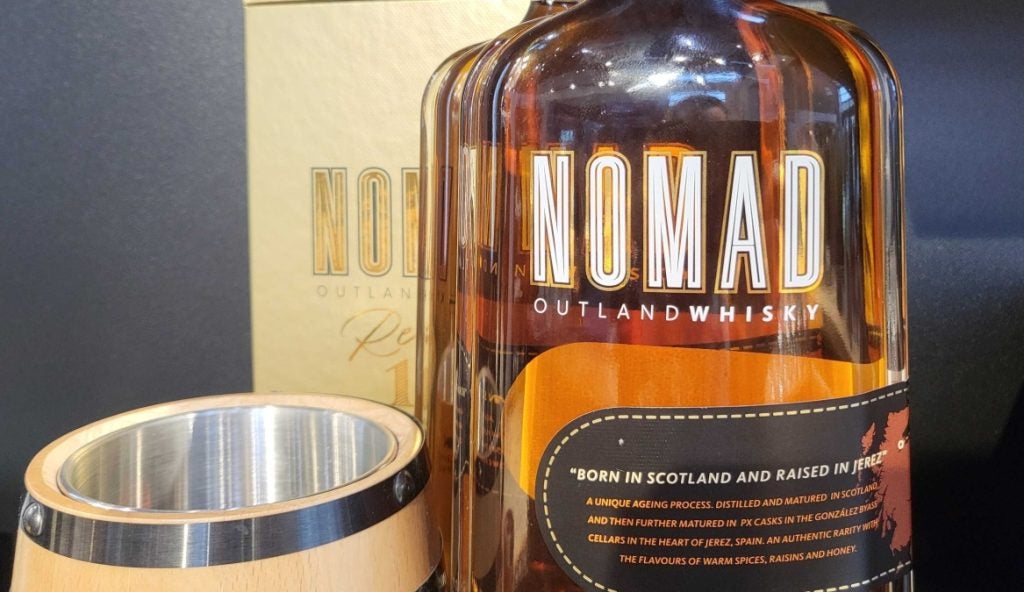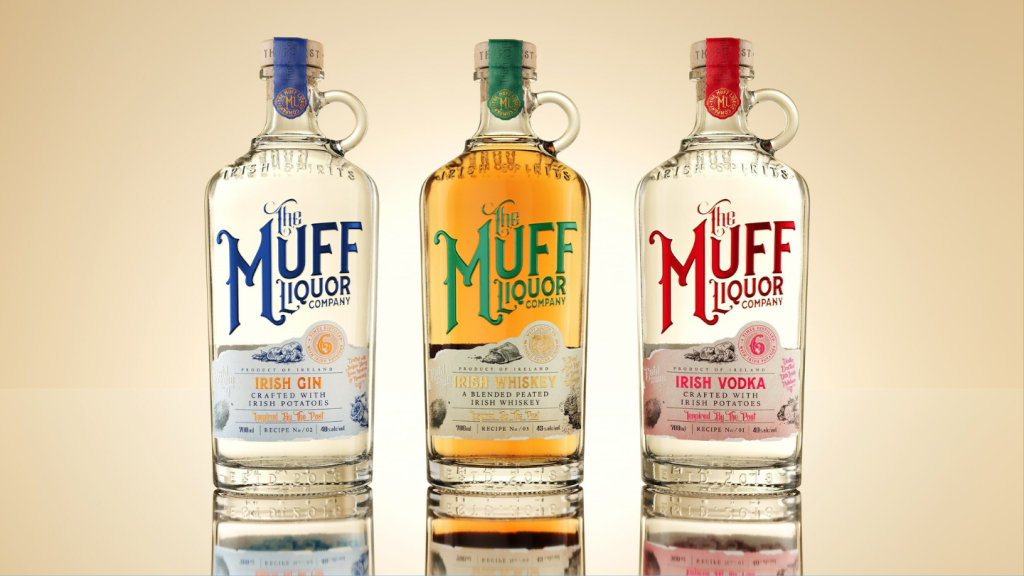 Though the degree of the crisis afflicting the US wine industry remains in doubt, few disagree the sector faces some tough decisions over the coming 12 months. Chris Brook-Carter attended the Wine Evolution Conference to listen to some of the challenges and solutions aired there.
Though the degree of the crisis afflicting the US wine industry remains in doubt, few disagree the sector faces some tough decisions over the coming 12 months. Chris Brook-Carter attended the Wine Evolution Conference to listen to some of the challenges and solutions aired there.
There is little doubt that the landscape of the Californian wine industry has changed dramatically over the last 18 months as wineries are hit from both sides by the twin concerns of a faltering economy and an oversupply of grapes. And few would deny that further tough times lie ahead.
However, there remains some considerable division among those involved in, or watching, the current situation about the extent of the crisis. A report, picked up on these pages in January, caused considerable consternation in California when it quoted one of the state’s largest bulk wine brokers, who said he believed some 20% of all of the state’s 900 wineries could face bankruptcy or be forced to merge with larger concerns.
The views were triggered by two sets of figures that appeared at around the same time. The first from AC Nielsen showed that sales of California wine declined in most categories this season for the first time since the 1991-92 recession. This was then exacerbated by a general over-production of grapes, accelerating a decline in prices. The second set of figures were from Rich Cartiere’s Wine Market Report, which said that, optimistically, one-third of all wineries would record a drop in volume in 2002 – although it also said the figure was more likely to be half as wineries tended to play down bad news.
Perhaps even more depressing was that the report believed that the fourth quarter of 2003 was the poorest for the wine industry since the 1991-92 recession and a significant rebound in sales was not expected, by the majority of vintners, until 2004.
How well do you really know your competitors?
Access the most comprehensive Company Profiles on the market, powered by GlobalData. Save hours of research. Gain competitive edge.

Thank you!
Your download email will arrive shortly
Not ready to buy yet? Download a free sample
We are confident about the unique quality of our Company Profiles. However, we want you to make the most beneficial decision for your business, so we offer a free sample that you can download by submitting the below form
By GlobalDataDespite the figures, though, the predictions that 20% of all wineries would disappear was strongly rejected by a number of US delegates at the Wine Evolution Conference a fortnight ago, as overly dramatic. No doubt there will be a fall-out, as those wineries not strong enough to withstand the economic pressures are forced out of business. But those with strong brands or a real niche will survive, they argued.
That said, one speaker at the conference, the colourful Australian David Combe, an international wine consultant, once of Southcorp and now managing director of Evans & Tate, criticised the Americans for being too optimistic.
“The American people are not going out and buying,” he said before continuing, “If there is one wine industry that is unambiguously over optimistic it’s the US…If you are not involved in Italy, Australia, Blackstone, Vincor or the Charles Shaw varietals you have no grounds for optimism whatsoever.”
Combe went on to use the latest Barrons wine industry figures to illustrate his point. These set out that the US marketplace could absorb some 2.3m tonnes of crush per annum. Last year, 3.8m tonnes were harvested, not including the large levels of fruit left on the vine. On top of this an additional 8m cases of wine were imported into the US.
There are of course exceptions to the weak outlook, in particular, those companies involved in Australian and Italian wines. In the 52 weeks ended 23 November, the Australian category grew by 48.4%, led by the extraordinary success of the Yellow Tail brand, which sold 2m cases in its first 18 months, making it one of the fastest growing brands ever launched in the US. Meanwhile, Italy’s success has been led, almost single-handedly, by Pinot Grigio varietal wines.
Unfortunately those looking to replicate the success of Yellow Tail or Pinot Grigio are likely to be sorely disappointed. Italy, unlike its other Old World competitors, is uniquely supported by the enormous Italian restaurant network in the US. Therefore an importer cannot hope to look to Germany or France for the next Pinot Grigio-style phenomenon. Furthermore, strip out Pinot Grigio and the plight of Italy looks as tough as any other supplier.
Combe also believed that the success of Yellow Tail was the result of a unique set of circumstances, unlikely to be repeated. Yellow Tail, he argued, was in essence the result of fatal mistakes by two CEOs of the Australian giant Southcorp. The first was by Tom Parks, who put price increases on the Lindemans Bin 65 brand that stopped the brand in its tracks. The second was by recently deposed Keith Lambert, who on the merger of Rosemount and Southcorp consolidated the US distribution, giving all Rosemount and Lindeman’s brands to the Rosemount distributors.
“The distributors that got fired wanted something that could do Lindemans over while the consumer was saying they wouldn’t pay the extra. It opened up the way for a new product [Yellow Tail] that was brilliantly marketed and packaged,” argued Combe.
The success of Yellow Tail – and Lindemans before it – is a great example of why the US remains the most attractive market in the world to wine companies. It is open to imports, willing to experiment and generally offers good margins. However, as Combe said, the industry must recognise “the US is a market at the bottom of the cycle struggling with the huge oversupply that is the result of over-planting of the 1990s.” And importers are likely to see continuing tough times, particularly as US growers are starting to lobby Congress for protection against foreign wines. “The US is the home of free trade except when it affects their product,” noted Combe.
The attractiveness of the US is something of a double-edged sword to its own producers too, because it has meant that exports have been all but ignored by the country’s producers. The US exports around US$500m a year in wine but imports close to US$2.4 billion.
And Combe argues that this is “California’s greatest threat in the present glut…not competition but export aversion.”
The argument that the country’s producers are disadvantaged on the export market because of the strength of the dollar is, he says, a “cop out”, because Australia’s best years have come recently when the Australian dollar has been at its strongest. The US, instead, has “an attitude of aversion to exports. The last thing they want to tackle is exports.”







